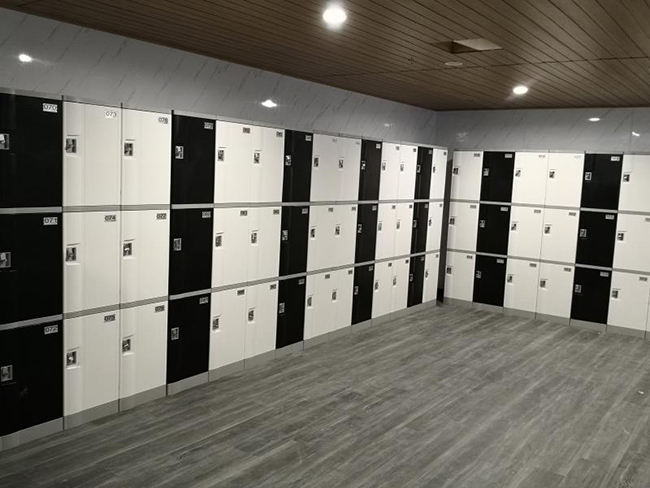Service Hotline
400-138-0592
The security of school lockers for storage can vary greatly depending on several factors including the type of locker, the locking mechanism used, the maintenance of the locker, and the policies and practices of the school. Here’s a breakdown of how secure school lockers can be:
Type of Locker:
Metal Lockers: Traditionally the most common, metal lockers are sturdy and can be quite secure, depending on the thickness of the metal and the construction quality. However, they can be vulnerable to forced entry with the right tools.
Plastic/HDPE Lockers: These are becoming more popular due to their durability and resistance to corrosion and vandalism. They can offer good security but may not be as tamper-proof as metal lockers.

Wooden Lockers: Less common in schools due to durability issues, wooden lockers can be secured with locks but are generally less secure due to the material’s susceptibility to damage.
Locking Mechanisms:
Combination Locks: The most common type of lock used on school lockers. Their security level can vary based on the complexity of the combination and the quality of the lock. They are generally secure against casual theft but can be cracked by determined individuals.
Padlocks: These can be more secure than combination locks because they are usually made of stronger materials and can have more complex locking mechanisms. However, they can be lost or forgotten by students.
Biometric Locks: Some schools are starting to use biometric locks that rely on fingerprints or other unique identifiers. These are highly secure but also more expensive and less common.
Maintenance: Regular maintenance of lockers is crucial for security. Broken or damaged lockers should be repaired promptly to prevent unauthorized access. Schools that neglect locker maintenance may have less secure storage.
School Policies: Clear rules and consequences for locker misuse can enhance security. Schools that enforce strict policies regarding locker access and use tend to have fewer incidents of theft or vandalism. Surveillance cameras in locker areas can deter potential thieves and help in identifying culprits if an incident occurs.
Education and Awareness: Students who are educated about the importance of locker security and given guidelines on how to use locks properly are less likely to experience theft. Schools that promote security awareness tend to have more secure locker environments. In conclusion, school lockers can be quite secure when the right type of locker, locking mechanism, maintenance, and policies are in place. However, no locker system is completely foolproof. Schools should continuously assess and update their locker security measures to ensure they are effective against current threats.